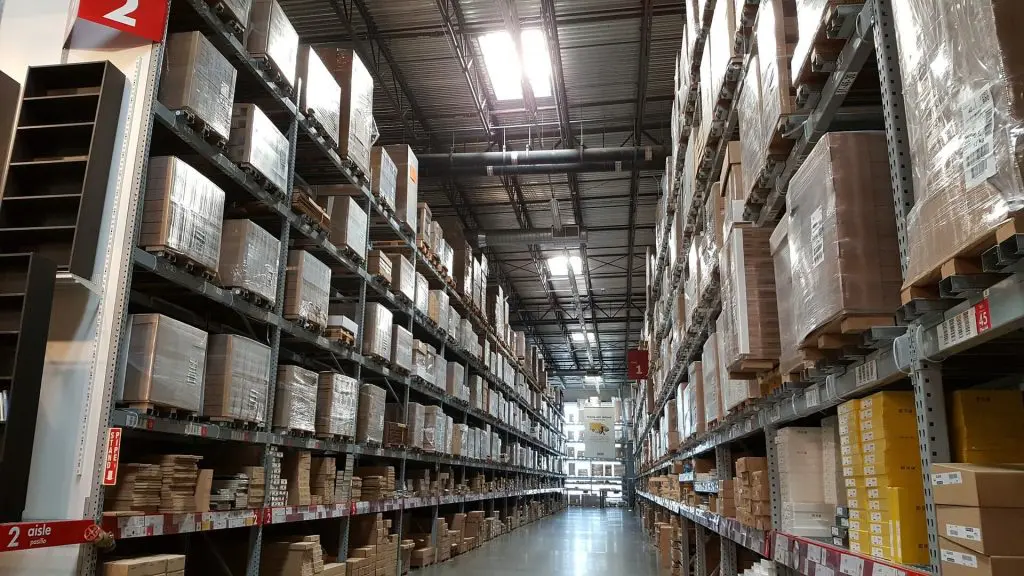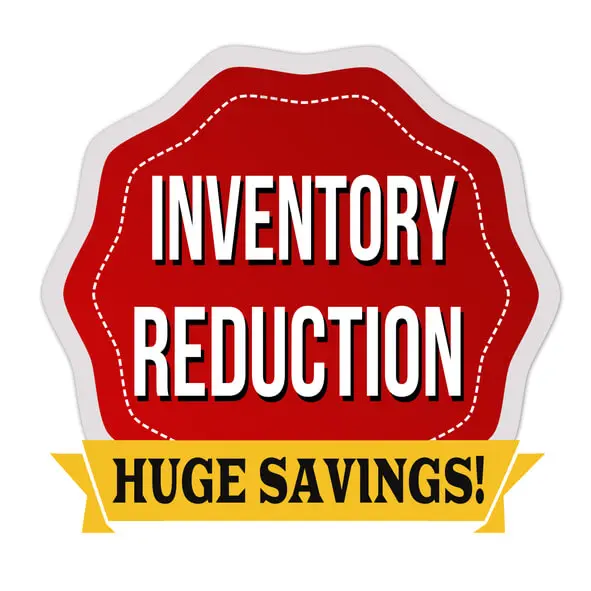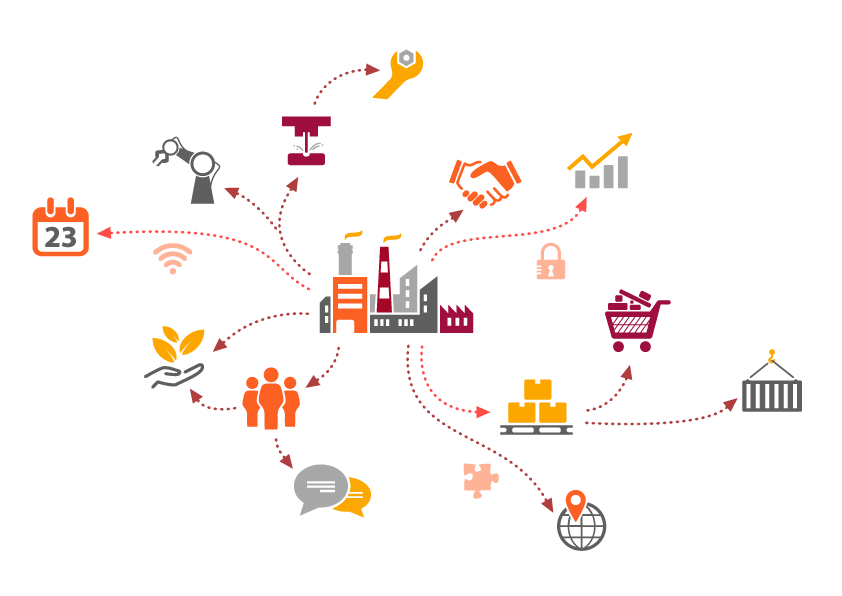Do you think these are the same? Often they are, but sometimes they aren’t. And the situations in which demand forecasting is different from sales forecasting are exactly those which require the highest attention and consideration on your side.
Let me explain with a simple example. Assume that the real demand (the one you would like to estimate through a demand forecasting software) is:
month: Jan Feb Mar Apr May Jun Jul demand: 10 14 13 16 19 20 22
There is a quite clear trend in these data, but of course we should look also to the past to extract as much information as possible from past trends, seasonalities, contextual data, text mining, sentiment analysis and all the refined machinery we have available for the forecasting job.
Are these numbers appropriate when it come to sales forecasting? Not always, it depends on your replenishment policy.
Assume, in this tiny example, that your order policy is to replenish your inventory by 15 units at the beginning of every month: it has worked so well till now!
And let me assume, say, that at the beginning of January 1 item is in stock: good job, you are keeping a low inventory level! But… what happens next? Given the regular order policy the inventory (at the end of each month) will evolve in this way:
month: Jan Feb Mar Apr May Jun Jul demand: 10 14 13 16 19 20 22 Invent: 1 6 7 9 8 4 0 0
You are going out of stock twice, and this is no good. Let me point out now the difference between demand and sales – I know you already guessed:
month: Jan Feb Mar Apr May Jun Jul demand: 10 14 13 16 19 20 22 sales: 10 14 13 16 19 19 15
So, if you are very good in sales forecasting, looking at sales data you will quite likely predict a decrease for August, as your sales went up and then down.
Now you see the difference between demand forecasting and sales forecasting? Got it?
In practice: forecasting cannot proceed in a way which is totally separated from inventory optimization. You should plan in such a way that demand and sales are always the same.
And this is a joint responsibility of both forecasting software and of inventory optimization.
By the way, unfortunately what you usually can see are just sales: lost demand is usually not tracked in most businesses. Sometimes, especially in e-commerce, you can directly see and record demand, but very often, like in retail, a customer who does not find what she is looking for will leave no trace (but will be disappointed).
So how to manage demand forecasting when only sales data are recorded? Again, as always in forecasting, there is no magic recipe. But we can use mathematical models to extrapolate, from sale trends and from past and current stockouts, what is the most likely level of demand in the near future. Simply disregarding stockouts does not help in improving your forecasts and your business.







